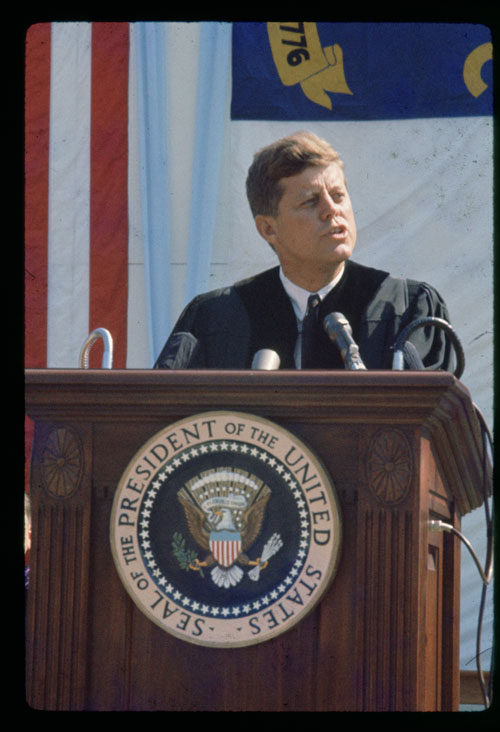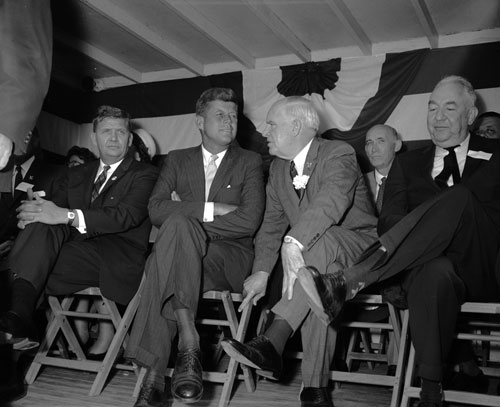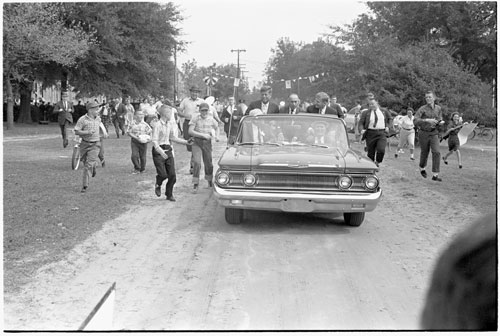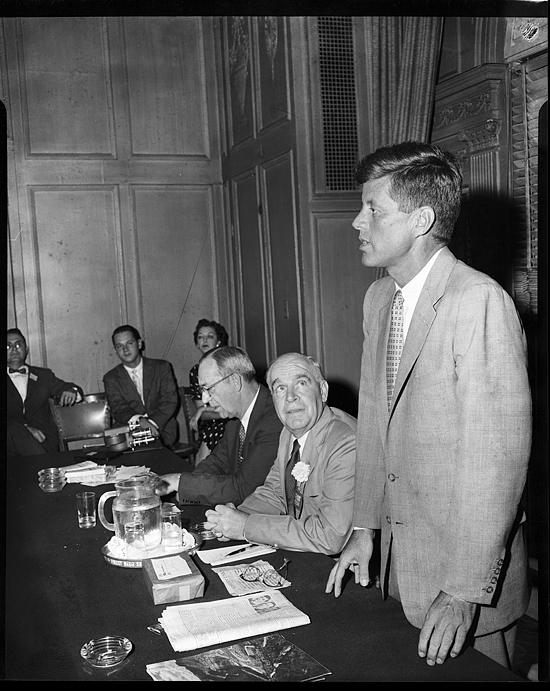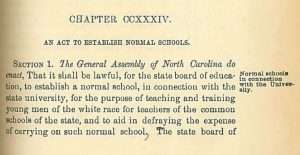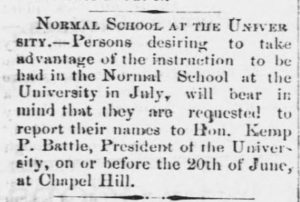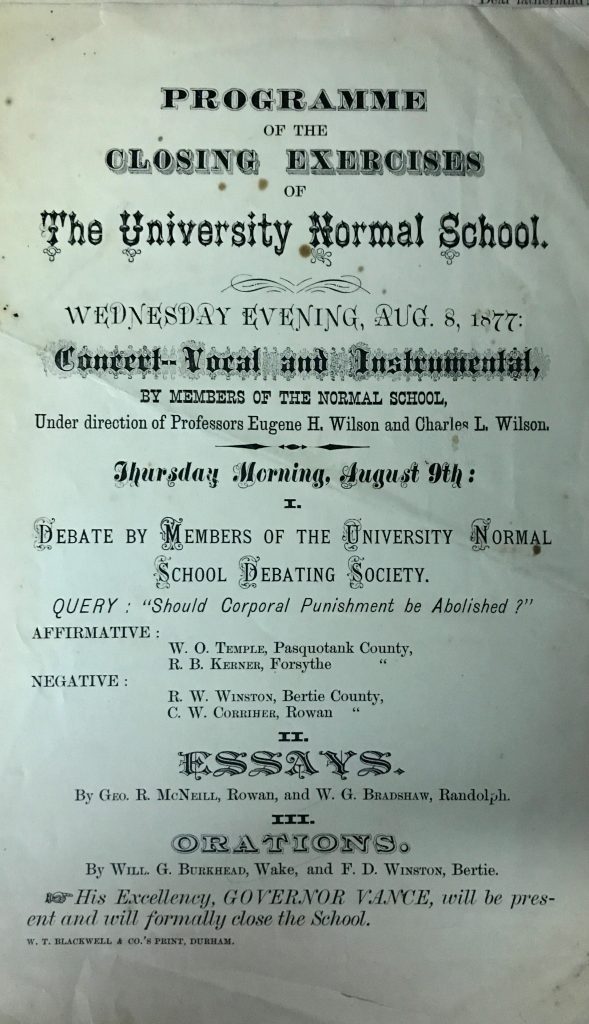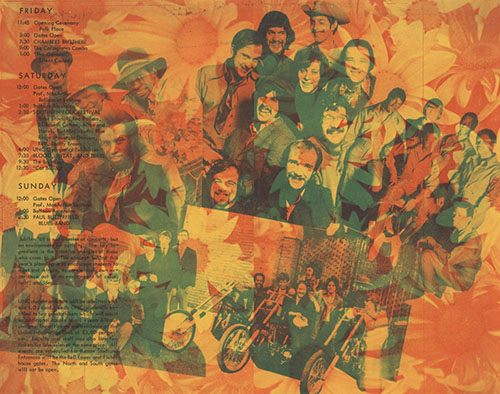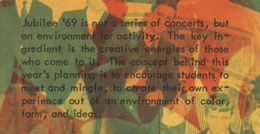In the mid 1980s, UNC students actively campaigned to convince the University to divest from investment in South Africa in protest of the legalized segregation in place under that country’s apartheid system. This timeline presents an overview of major dates … Continue reading →

Daily Tar Heel, April 7, 1986 (via Newspapers.com)
In the mid 1980s, UNC students actively campaigned to convince the University to divest from investment in South Africa in protest of the legalized segregation in place under that country’s apartheid system.
This timeline presents an overview of major dates and activities on campus.
1978-1979: Students at Harvard and several other American universities begin advocating for university endowments to stop investing in South African companies. The students argue that providing financial support for South African business provides indirect support to the government and its formal policy of racial discrimination (apartheid). UNC administrators discuss the issues but decide not to make any changes to the university’s investment policy at the time. Source: Office of the Chancellor, Nelson Ferebee Taylor Records #40023, box 11, “Sullivan Principles 1978-1979.”
October 21, 1982: UNC students hold a rally calling for UNC to end its business relations with IBM due to IBM’s business presence in South Africa. Sources: Anti-Apartheid Support Group Records #40143, folder “UNC Related Materials: Collateral, 1981-1981”; Daily Tar Heel, 22 October 1982.
November 19, 1982: UNC Public Interest Research Group lobbies the Board of Trustees to divest from South Africa. Source: Anti-Apartheid Support Group Records #40143, folder “UNC Related Materials: Collateral, 1981-1981.”
February 8, 1983: UNC students vote 3,313 to 1,891 in support of a resolution urging the Board of Trustees to divest from South Africa Source: Anti-Apartheid Support Group Records #40143, folder “UNC Related Materials: Collateral, 1981-1981.”
April 23, 1983: UNC Endowment Board rejects divestment but says they will not invest in South African companies unless they agree to the “Sullivan Principles,” described as a voluntary code of racial equality for companies doing business in South Africa. Source: Daily Tar Heel, April 7, 1986.
October 1985: UNC Anti-Apartheid Support Group formed. Source: Anti-Apartheid Support Group Records #40143,
October 11, 1985. Students hold an anti-apartheid rally in the Pit. Source: Daily Tar Heel, October 14, 1985.
February 4, 1986. Students vote 2,560-1,130 in support of a referendum in favor of UNC divesting from South Africa. Source: Daily Tar Heel, February 5, 1986.
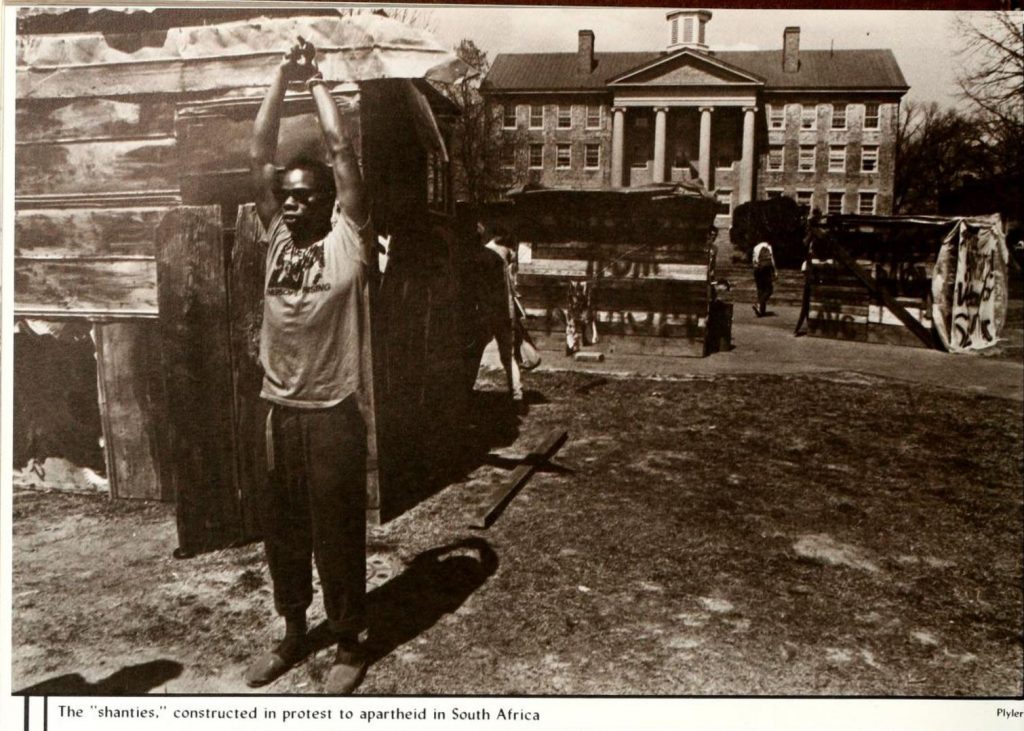
Shanties build in protest of UNC’s investment in South Africa, Spring 1986. (Yackety Yack, 1986)
March 18, 1986. The UNC Anti-Apartheid Support Group builds several shanties in front of South Building in order to draw attention to their cause and to express sympathy for South Africans forced to live in shantytowns. Campus police dismantle the structures, which are rebuilt later in the day after the group receives permission from Chancellor Fordham. Source: Daily Tar Heel, March 19, 1986.
March 31, 1986. Two student groups, the College Republicans and Students for America, stage a counter protest in front of the shanties by construction a mock “Berlin-type wall.” The counter-protesters spoke out against oppressive governments in South Africa and the Soviet Union. The Daily Tar Heel quoted the College Republicans Chairman: “(The wall) is to show that there are other atrocities around the world that are even far greater than those in South Africa. It is hypocritical to just call for divestment (in South Africa). If you say you’re against ‘immoral governments’ then you should do it across the board.” The counter-protesters also objected to the extended presence of the shanties. Source: Daily Tar Heel, 1 April 1986.
April 24, 1986. University Endowment Board meets in a “very argumentative” secession and votes against total divestment, electing partial measures and agreeing to place pressure on South African companies to encourage them to abandon Apartheid. Chancellor Fordham supports divestment and says “we did not get the vote I wanted.” Student protesters hold a sit-in followed by a march down Franklin Street to protest the decision. Source: Daily Tar Heel, April 4, 1986.
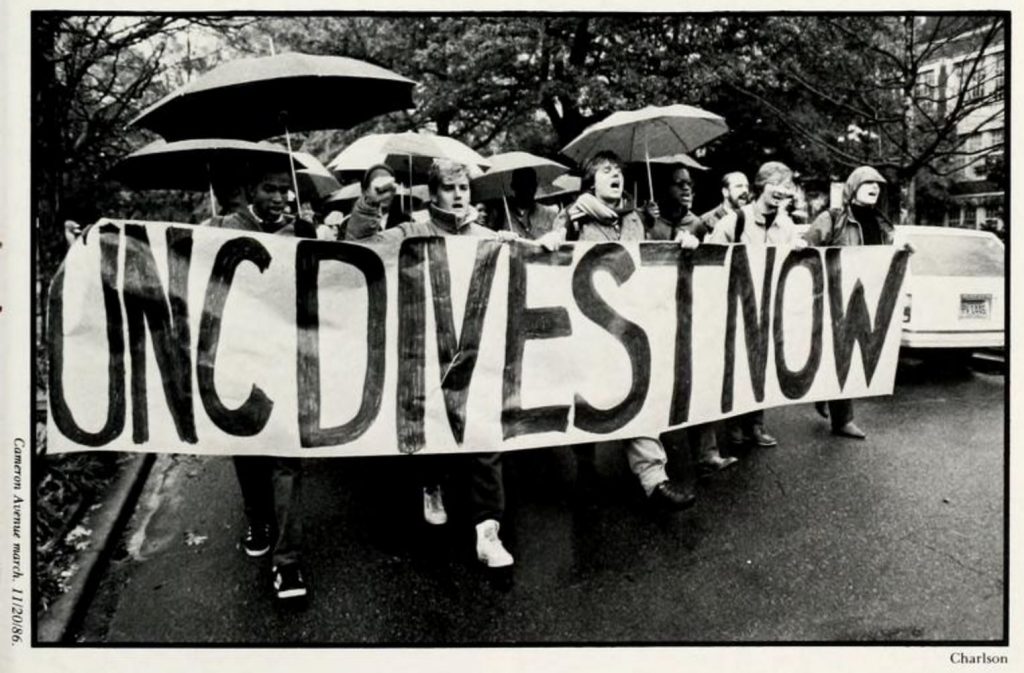
UNC students march on campus in protest of the school’s investment in South Africa, November 20, 1986. (Yackety Yack 1987)
11 February 1987: A new student group, Action Against Apartheid, is formed. Source: Daily Tar Heel, February 11, 1987.
May 1987: A group of students from Action Against Apartheid hold an eight-day hunger strike to protest UNC investment in South Africa. Source: Daily Tar Heel, 21 May 1987.
October 1, 1987: UNC Endowment Board agrees to divest all funds from South African companies. The change of mind is due partly to the ongoing protests, but also due to diminishing returns in those funds. Source: Daily Tar Heel, 2 October 1987.
October 12, 1987. Student protesters interrupt University Day celebrations in Memorial Hall, marching down the aisle carrying signs and banners opposing apartheid in South Africa. Source: Daily Tar Heel, October 13, 1987.


